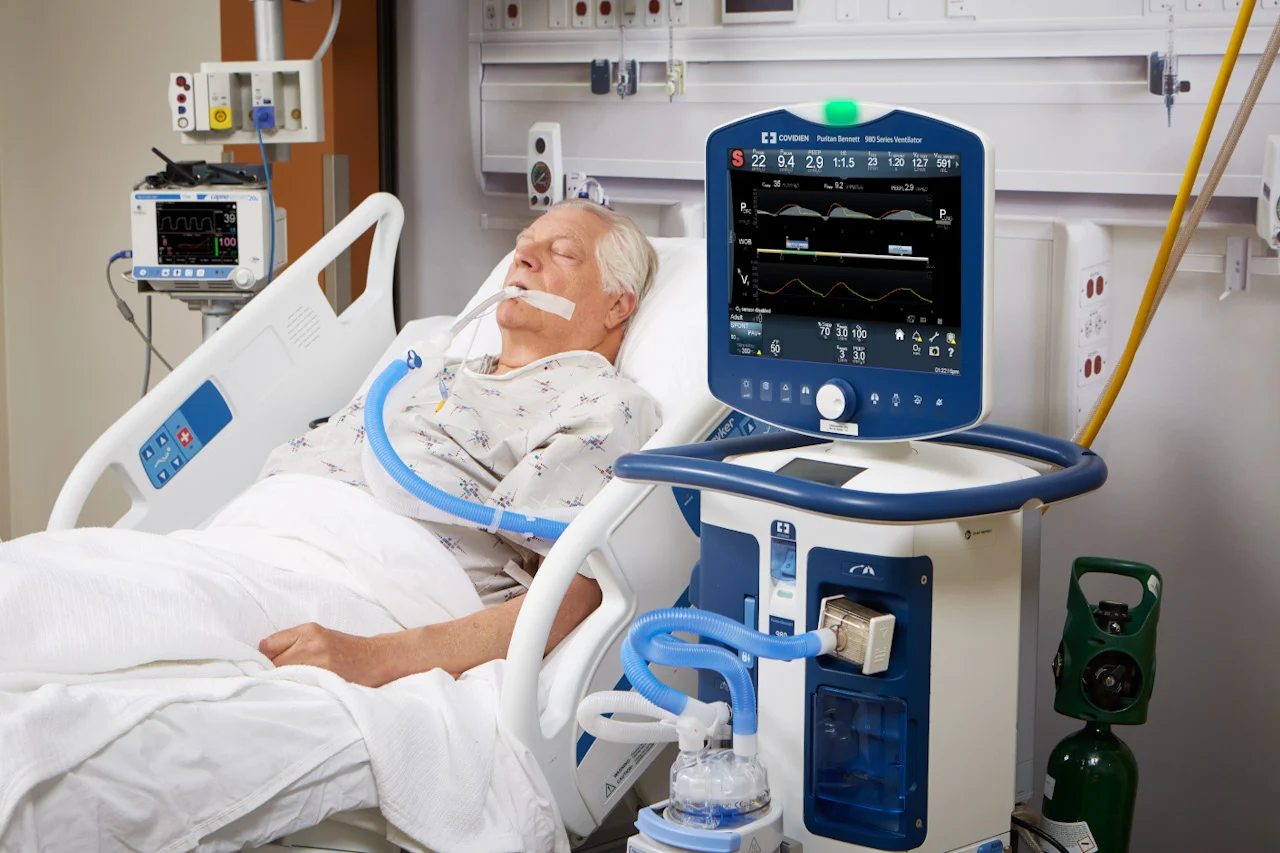Ventilator is the solution for the patients who are partially or completely unable to breathe. Ventilated patients need to swallow a tube, to pass air, that passes through their throat. This process of intubation is somewhat painful. In addition to avoid any dangerous outcomes during intubation, patient needs to be slightly sedated. However, the decision to continue this sedation afterwards is totally dependent on the physical condition and mental state of the patient. Generally, doctors do not prefer to use sedation therapy on ventilated patients but may use slight or heavy sedatives if they find it necessary for the well-being of the patient.
At Better Options Ventilator Care, we have highly skilled staff that take care of ventilator dependent patients 24/7 and also understand when and why to sedate some of the patients.
When And Why Ventilated Patients Need Sedation?
Sedation is a generally accepted therapy especially for adults disposed to mechanical ventilation. Studies show that almost 85% of critically ill ventilated patients are intentionally sedated in order to attenuate pain, agitation and anxiety which is common during ventilation.
The reaction of the patient when he gets back to his conscious is unpredictable. This reaction depends upon his mental state at time when he wakes up. As per specialists, being on ventilators patients sometimes get in to the state of confusion. They take time to accept what’s they are up to. Such confused patients show different behaviors in different times; they may be relaxed and calm while very next moment they can show extreme reaction like pulling out tube that is connected to the ventilator. Doctors find no other way than to sedate patients in such situations just to avoid them causing self-harm.
Furthermore, the patients suffering from ARDS (acute respiratory distress syndrome) inhale big breaths as a natural practice. This habit of ARDS patients is prone to harm their lungs. In order to balance breath size of these patients it is better option to keep them unconscious. Also, patients get adequate time to recover. When put on the sedatives, patients are unable to exert pressure on lungs. This helps in proper and fast recovery of the patient as well as prevents further damage to the lungs.
What Are Levels of Sedation For Ventilator Dependent Patients
It is proved that ultimate objective of sedation is just to avoid discomfort and stabilize the psychological status of the patient. However, this objective can only be achieved if patient is provided with right level of medicine. Inappropriate level of sedatives whether high or low can cause serious damages like inability to protect or maintain airways, ventilator-associated pneumonia, instability in cardiovascular status and prolonged ventilation. It can also risk the mental health of the patients. This is the reason the need and level of sedatives is prescribed wisely keeping in mind both the current physical and mental health of the patient as well as future outcomes of the medicine on the health of the patient.


